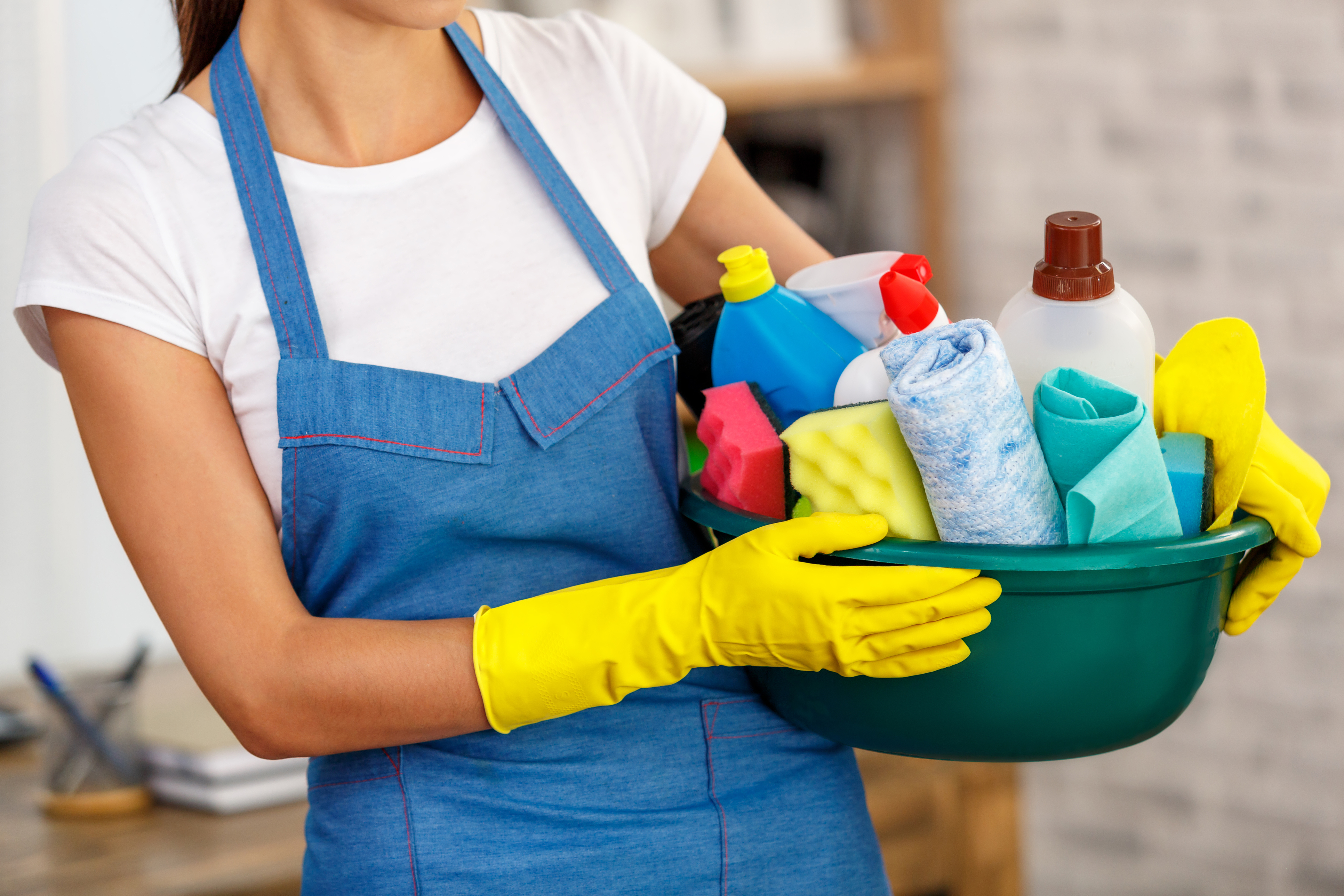Practical Guide to Cleaning Products and DIY Solutions
Cleaning products range from ready-made formulations to simple household mixtures, and choosing the right approach depends on surface type, soil, and health considerations. This guide explains common store-bought options and practical homemade alternatives, highlighting when natural ingredients like vinegar and baking soda work well and where they fall short. Use these explanations to match a cleaning task with a safe, effective solution that suits your home and local services.

cleaning: choosing effective options
Effective cleaning starts with defining the task: removal of dirt, disinfection, stain lifting, or deodorizing. Commercial cleaning products are formulated for specific jobs—glass cleaners for streak-free panes, disinfectants for sanitizing, and degreasers for ovens or grills. Read labels for active ingredients and surface compatibility to avoid damage. For everyday surfaces, a mild detergent followed by rinsing is often sufficient. For high-touch areas, choose a product labeled for disinfection and follow the contact time on the label for effectiveness.
homemade: when to make your own
Homemade cleaners can be economical and reduce exposure to some synthetic additives. Simple mixes—like diluted dish soap for general wiping or a paste of baking soda and water for scrubbing—work well for many tasks. Homemade solutions are best for light cleaning and maintenance rather than heavy-duty germ control. Store mixtures in labeled containers and test on an inconspicuous spot first. Avoid combining products (for example, bleach with ammonia) because chemical reactions can create hazardous gases.
natural: benefits and limits
Natural ingredients such as vinegar, baking soda, lemon juice, and essential oils appeal for lower fragrance and fewer synthetic chemicals. They often perform well for deodorizing, mild descaling, and routine upkeep. However, “natural” does not always mean gentler—undiluted acids or oils can damage some surfaces or irritate skin. For microbiological disinfection, many natural agents do not have the same proven efficacy as EPA-registered disinfectants. Balance preference for natural cleaning with the specific needs of the job and follow product instructions or tested recipes.
vinegar: uses and precautions
Vinegar (acetic acid) is useful for removing mineral deposits, mild grease, and streaks on non-porous surfaces. A typical dilution is one part white vinegar to one part water for general cleaning. Avoid using vinegar on natural stone (marble, granite), waxed wood, or certain grout, where the acid can etch or strip finishes. Vinegar is not a registered disinfectant for killing many pathogens at home concentrations, so do not rely on it when disinfection is required. Ventilate when using vinegar to reduce strong odors.
baking soda: cleaning and deodorizing
Baking soda (sodium bicarbonate) is an abrasive powder and mild alkali that lifts stains, neutralizes odors, and softens water slightly. It works well as a paste for scrubbing sinks, removing oven residue, and freshening carpets or refrigerators when used sparingly. For tougher odors, sprinkle baking soda, let it sit, then vacuum. Combination cleaners—baking soda with a little water or dish soap—give abrasive action without scratching many hard surfaces. Do not mix baking soda with acidic cleaners expecting vigorous foaming to replace proper scrubbing or rinsing.
This article is for informational purposes only and should not be considered medical advice. Please consult a qualified healthcare professional for personalized guidance and treatment.
Conclusion
Matching cleaning products and DIY solutions to the task improves results and reduces unintended damage. Use commercial cleaners when labeled for disinfection or specialized jobs, and reserve homemade or natural mixtures for routine upkeep, odor control, and gentle scrubbing. Always test new solutions on a small area, label mixtures clearly, and follow safety guidance on product labels to protect surfaces and health.






